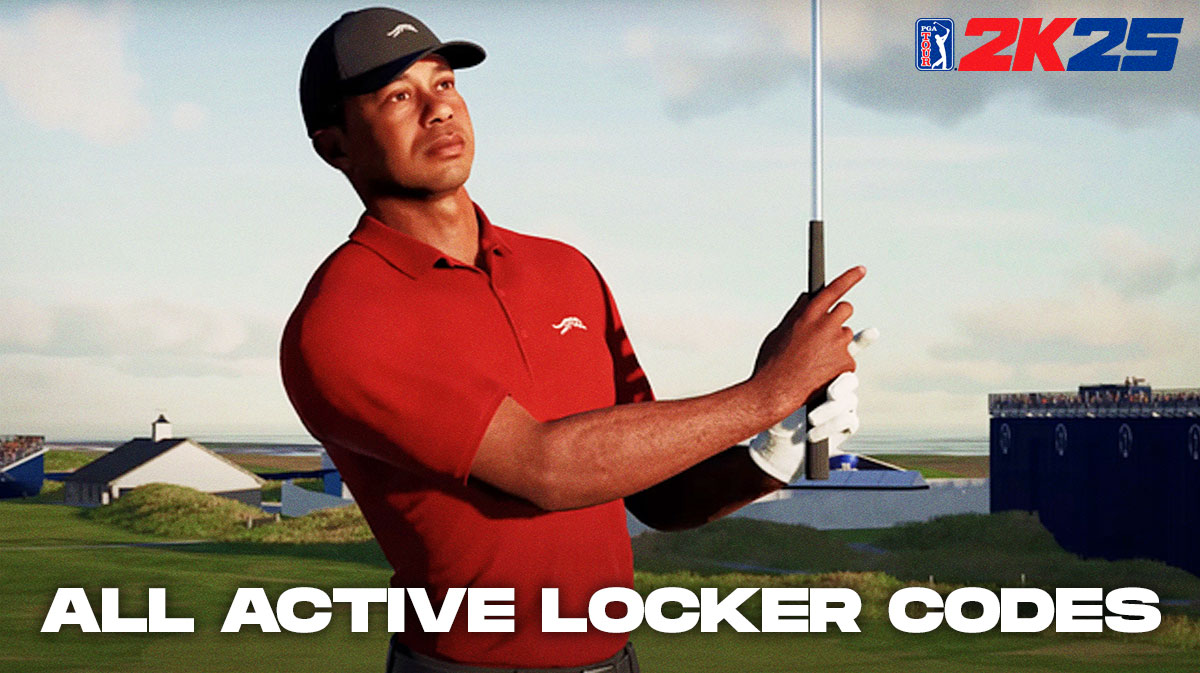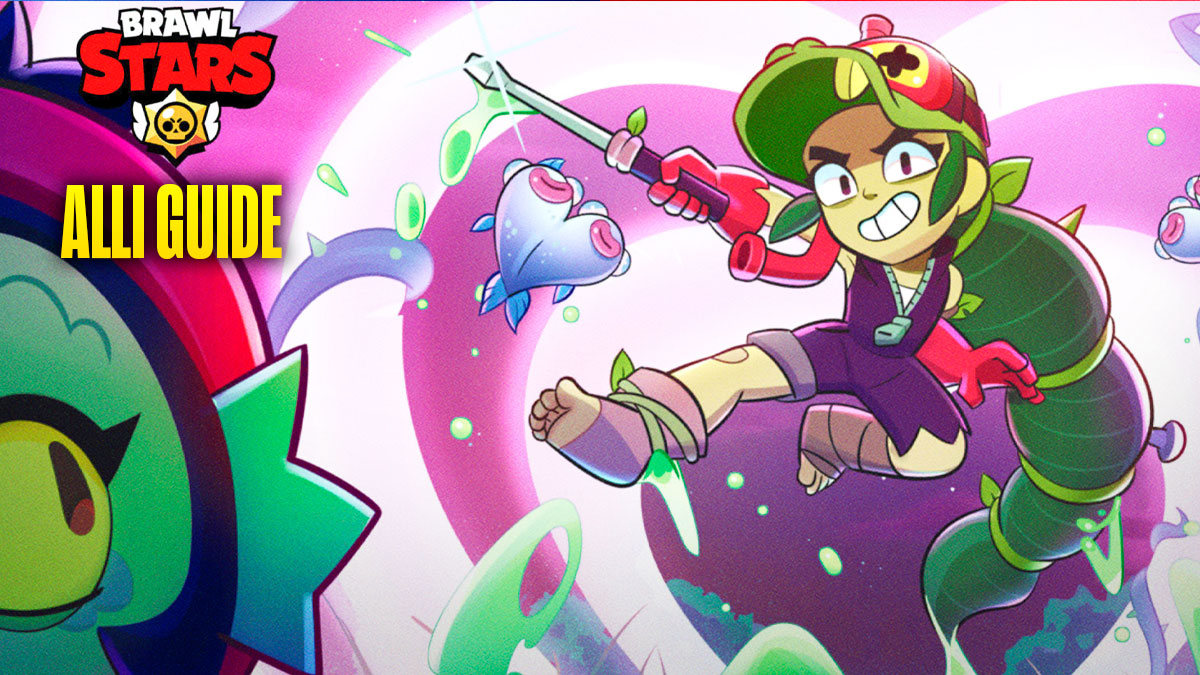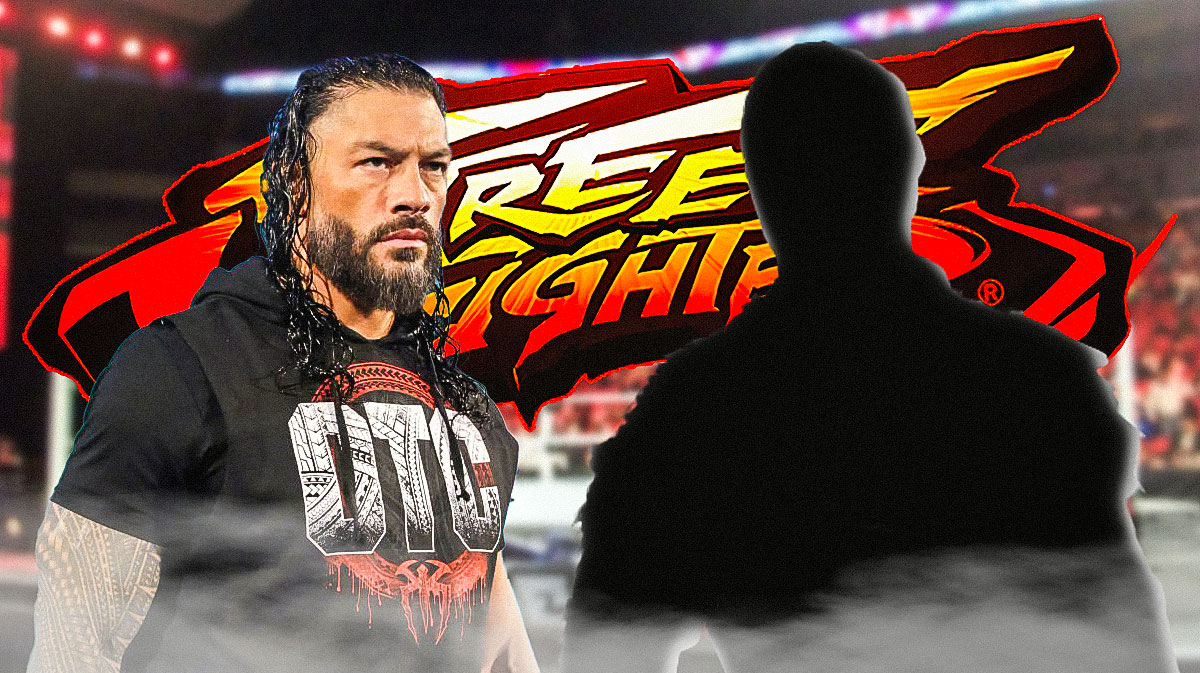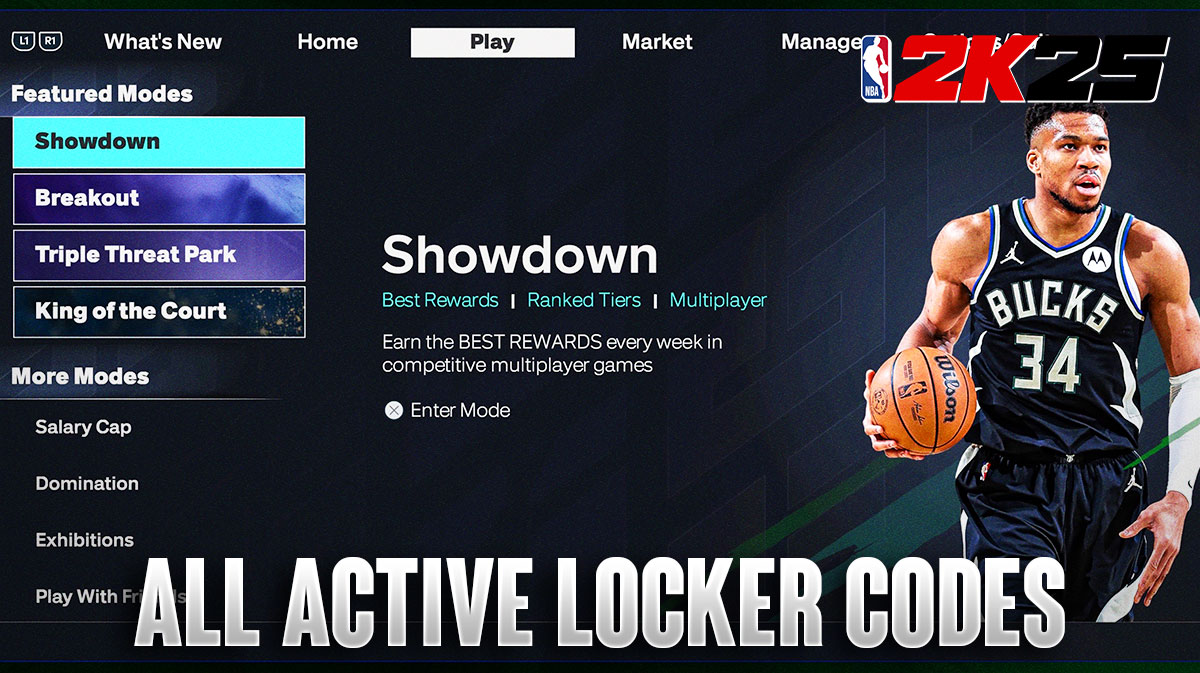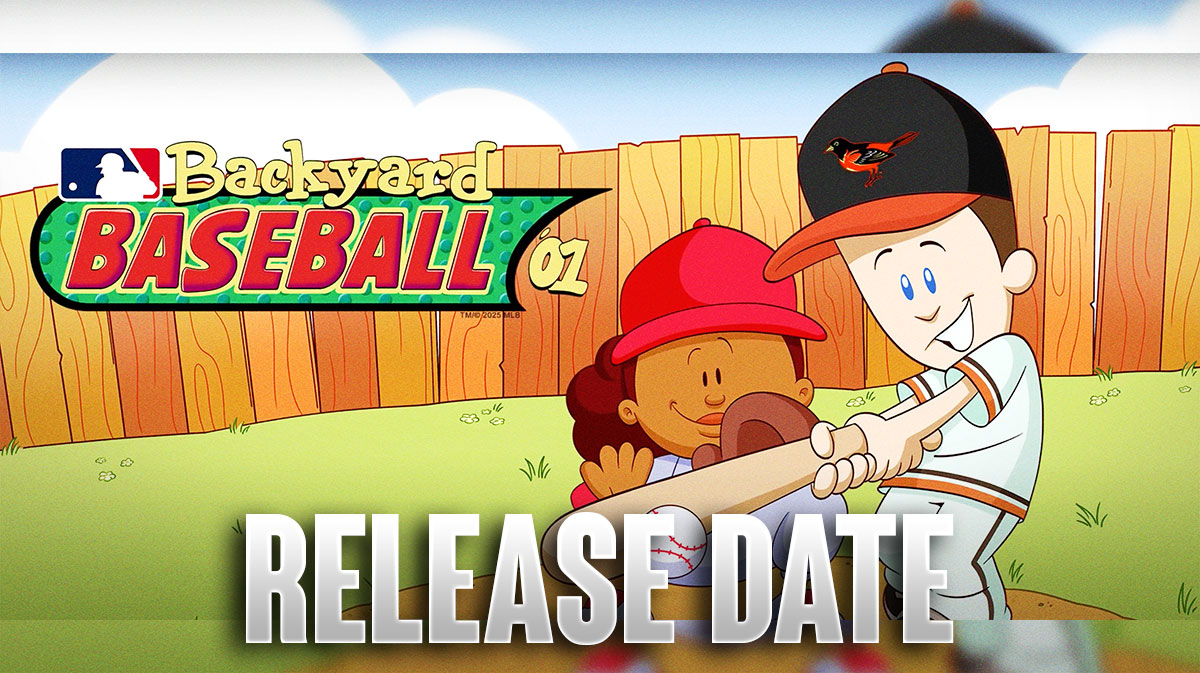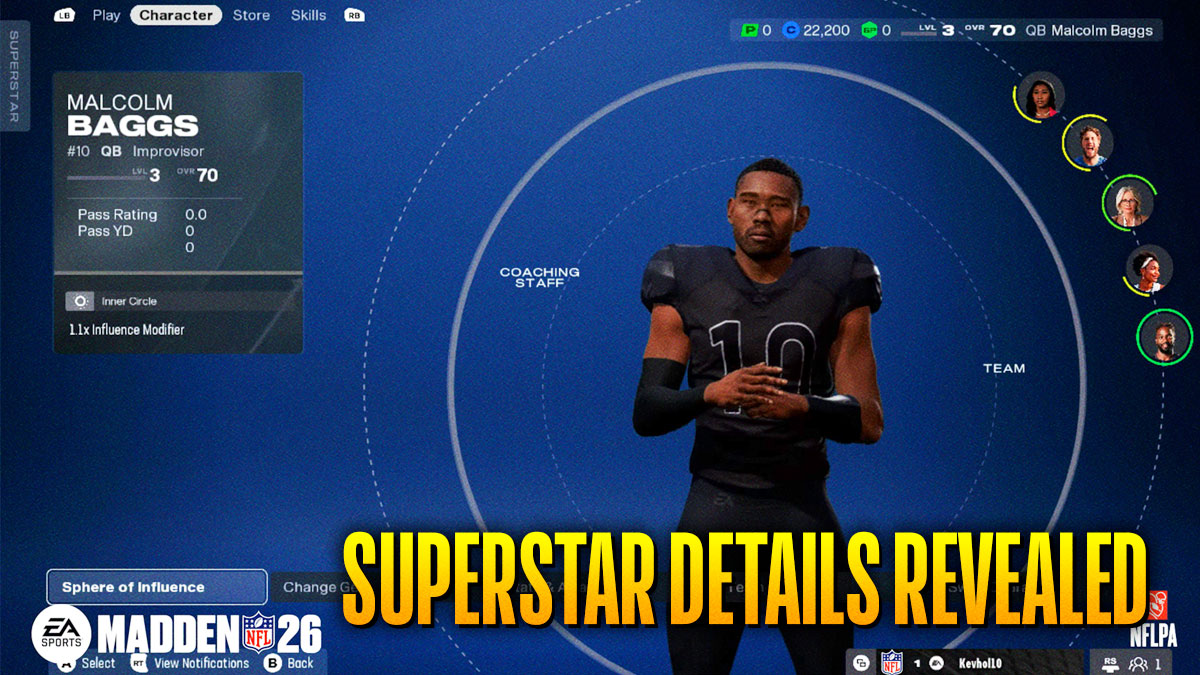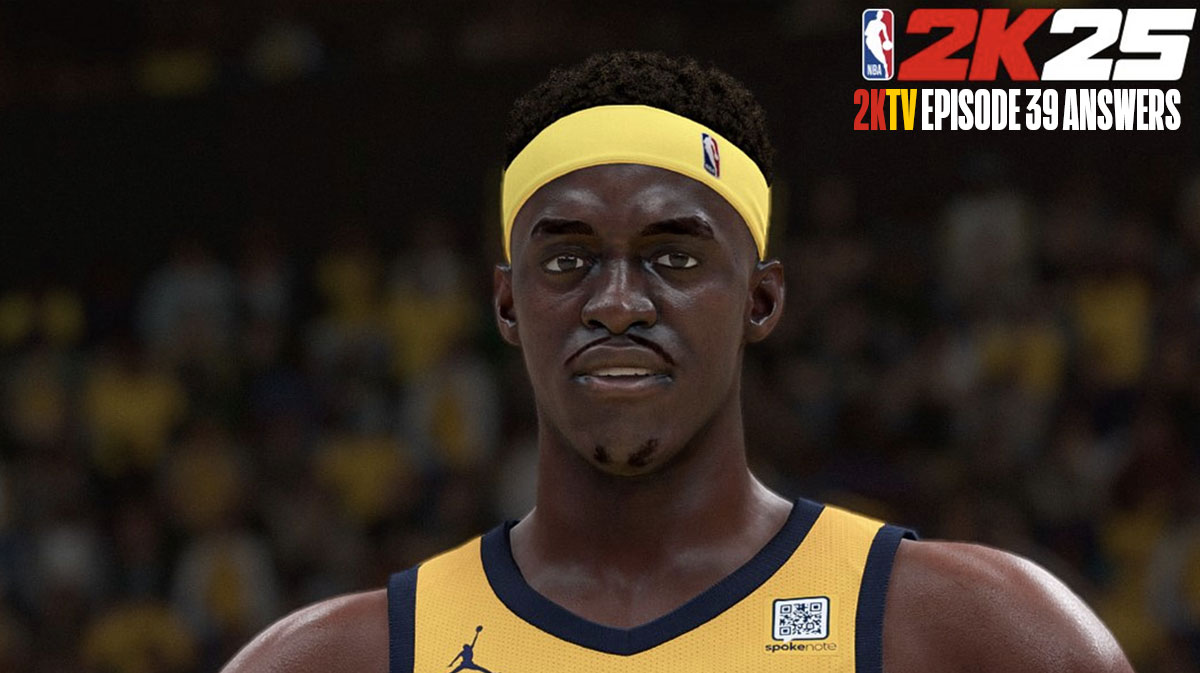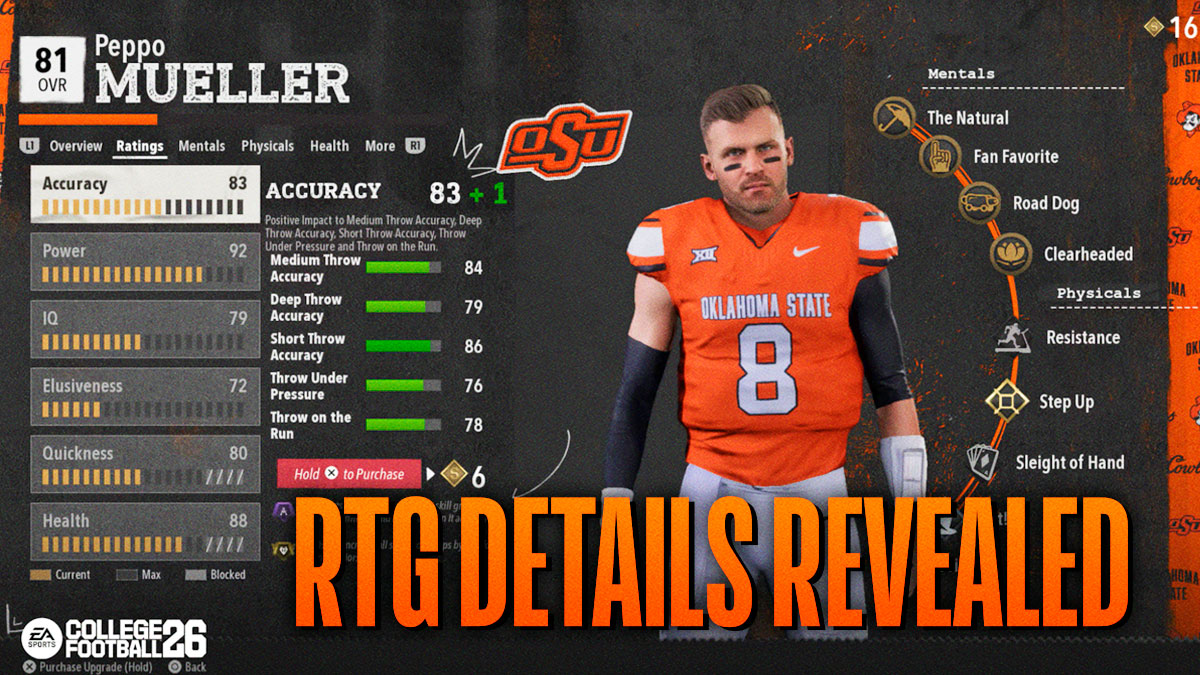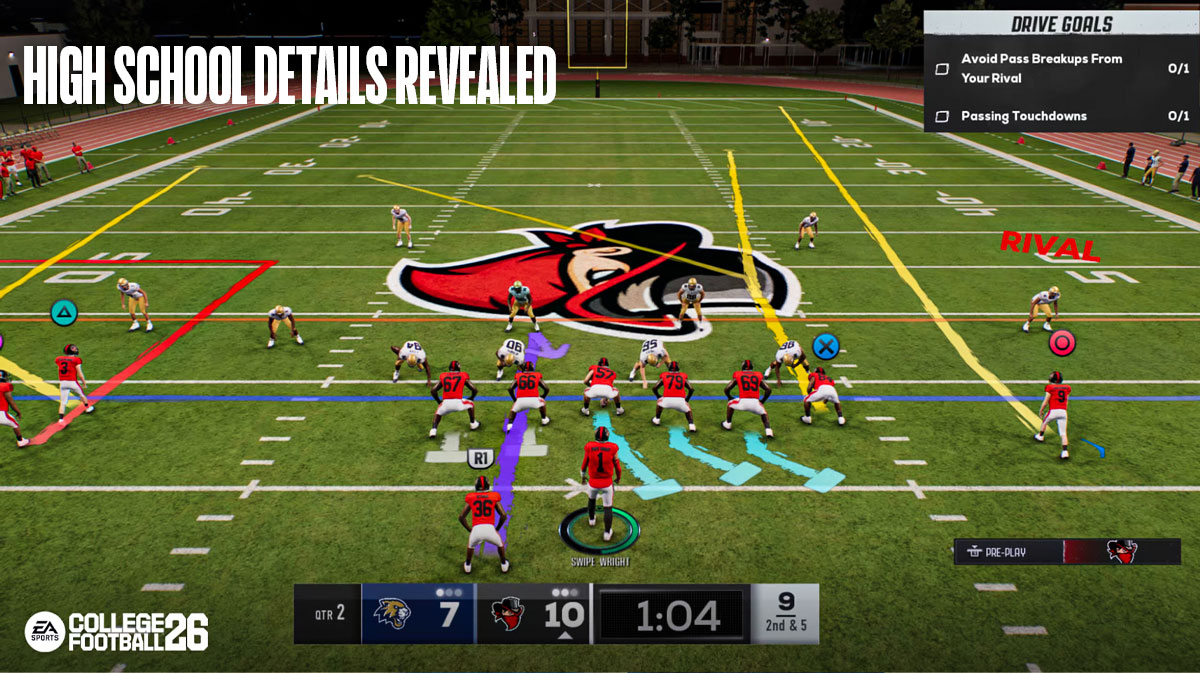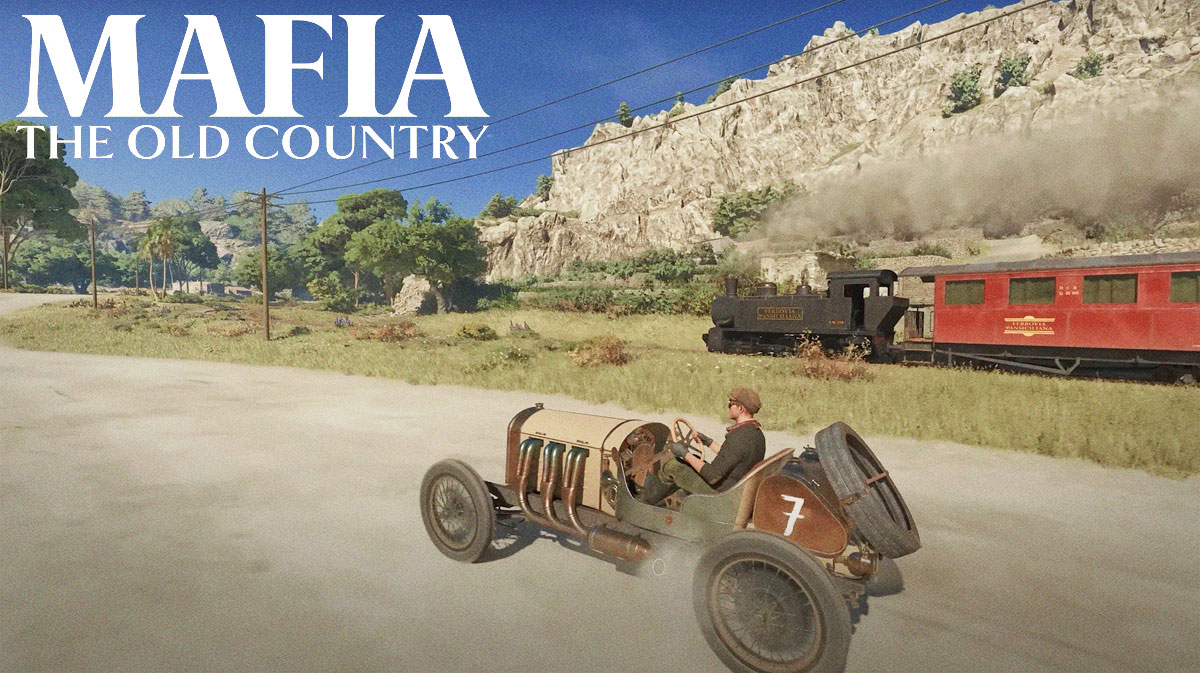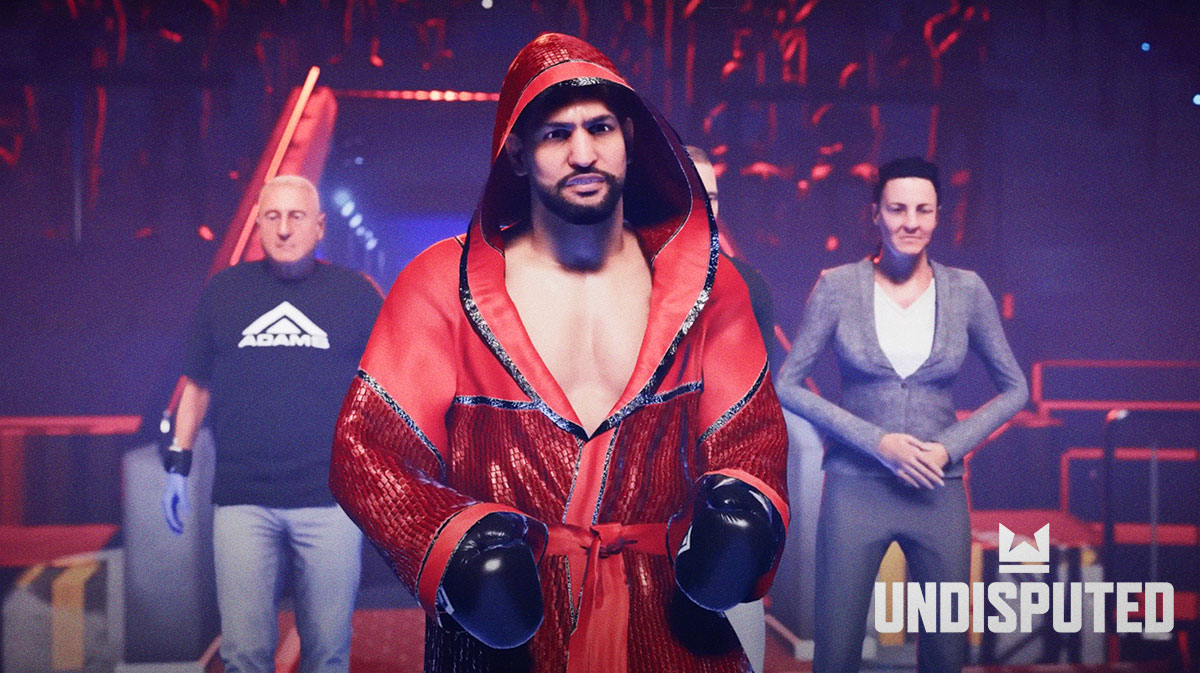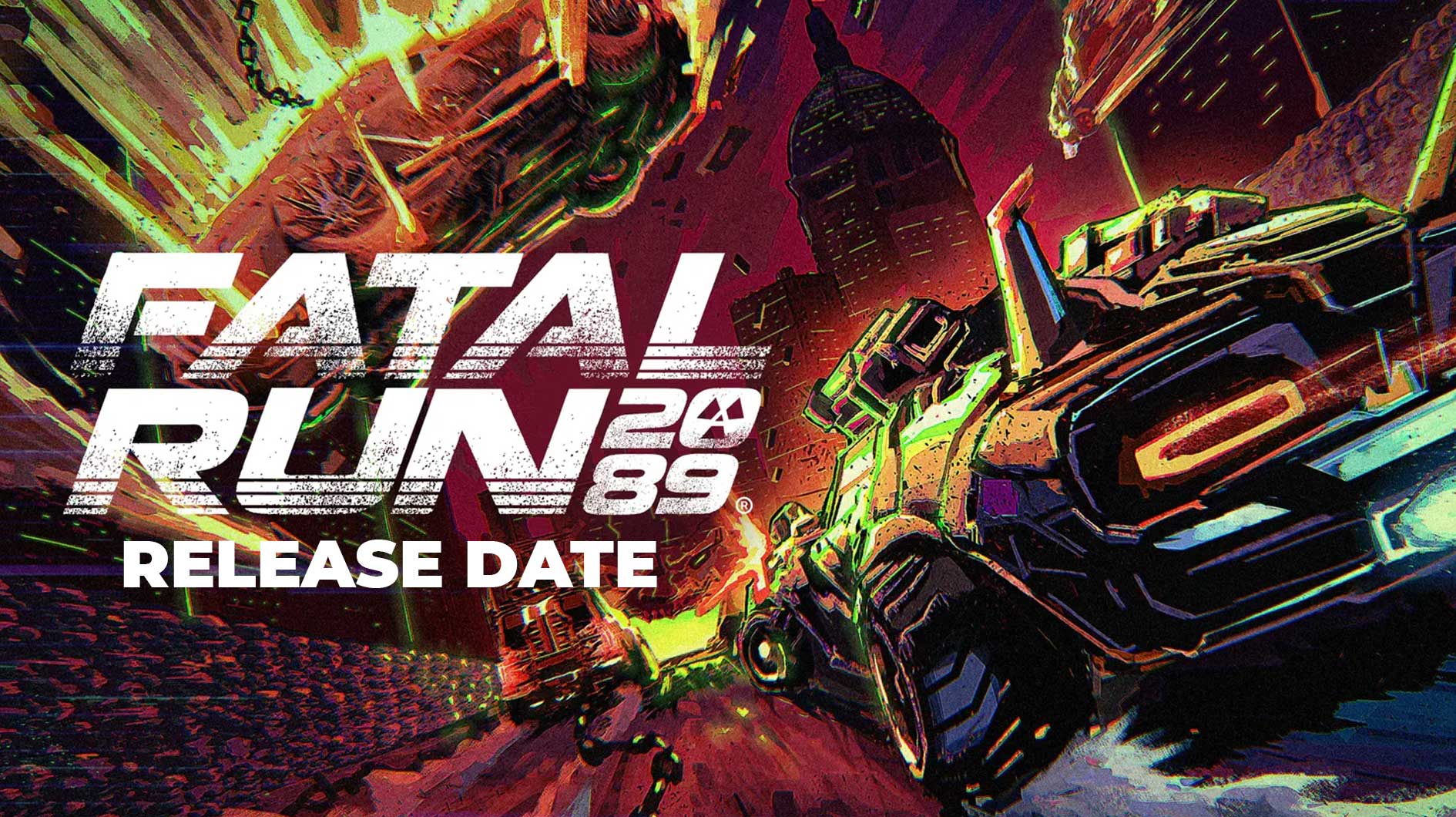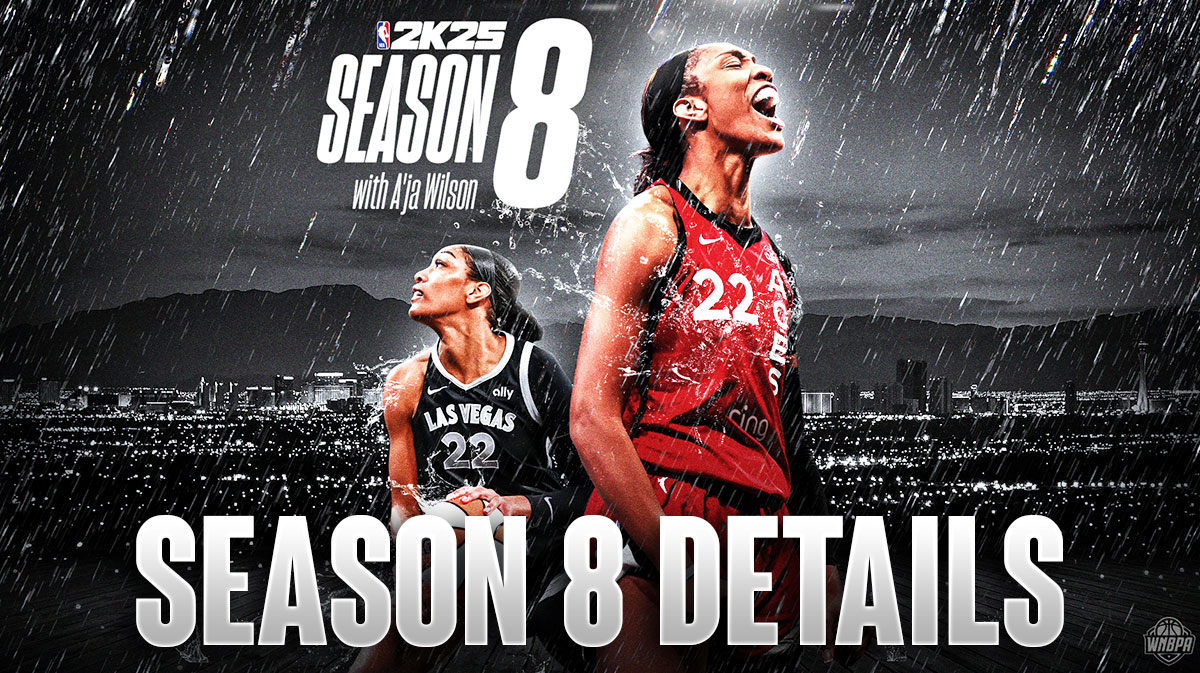Card counting is one of the most powerful ways to boost your win rate in Axie Infinity. Much like any competitive card game, keeping track of the resources available to your opponent allows you to tailor your moves to counter them directly.
If you have no clue how to count cards, fret not. In this guide, we’ll teach you how to count your opponent’s cards. You'll also learn to read what their next play is going to be.
The Basics Of Card Counting
As far as anyone could tell, card counting first started in Blackjack, and is still infamous for that game to this day. In the age of competitive digital card games, card counting has been adapted to fit many different games.
Hearthstone, Legends of Runeterra, and Axie Infinity all encourage counting your opponent’s cards to some degree. This lets you get a let up on the competition. The most basic principle of card counting involves keeping a mental track of the cards that have been dealt. With this in mind, you can easily predict what’s going to happen next and calculate your best move for it.
How To Count Cards In Axie Infinity
In Axie Infinity, each team of axies have four unique cards per axie, for a total of twelve unique cards. Each deck will have two of each unique card, so you end up with a twenty-four card deck.
At the start of every match, each player draws six cards. Then you draw three more cards at the start of each turn. Each unique axie card only appears twice in the deck. The deck itself reshuffles once all cards have been either drawn or removed by the death of the axie they belong to.
How can we use this to get an advantage over our opponents? For one, if you pay attention to the cards your enemy’s axies have already played, you’ll know which cards they won’t have until the next time they reshuffle their deck.
For example, your opponent’s frontline plant plays two Vegetal Bite cards in the first round. You know they won’t have those cards in their hand again until around turn 5 or 6. This allows you to, say, pass your next turn without fear of their plant stealing your energy anymore.
Knowing which cards your opponent can potentially have and which cards they have already used is key to forming your own plan of attack based on the cards you’ve drawn and what you think your opponent’s next move is going to be.
What Are Deck Counters And What Do They Mean?
In an Axie Infinity match, you will see three deck counters in an Arena game, one on the lower left hand side of the screen, one on the upper right hand side, and one grayed out on the bottom right.

The ones on the bottom of the screen relate to your own deck. The left one connotes the number of cards you have left in your own deck. This is the pool of cards you will draw from at the start of each turn. Whenever you play a card that has a draw effect, you'll also draw from this pool.
The grayed-out icon on the bottom right-hand side is your graveyard. This is all of the cards that you have already played in the game so far. When an axie of yours dies, the cards attached to that axie disappear from play. The graveyard and deck numbers will then decrease subtracting those axie’s cards from the deck and graveyard.
When the deck counter reaches 0, the discard pile will be reshuffled into the deck. This does not include cards that are already in your hand at the moment of reshuffling.
Now, the top right counter is the most interesting counter that you should take note of. This counter represents the amount of cards in your opponent’s hand in the previous turn. Does this sound confusing? It probably is. The hand counter is a little bit inconsistent, and it updates between turns in a weird way as well.
The easiest way to know for sure what’s going on is to look at the counter when the animations are ongoing. It updates between turns showing how many cards your opponent has at that moment. All you have to do is to add 3 cards to that number to determine how many cards your opponent will have on the next turn.
Knowing how many cards your opponent has in their hand is just as important as knowing which cards they've already played.

